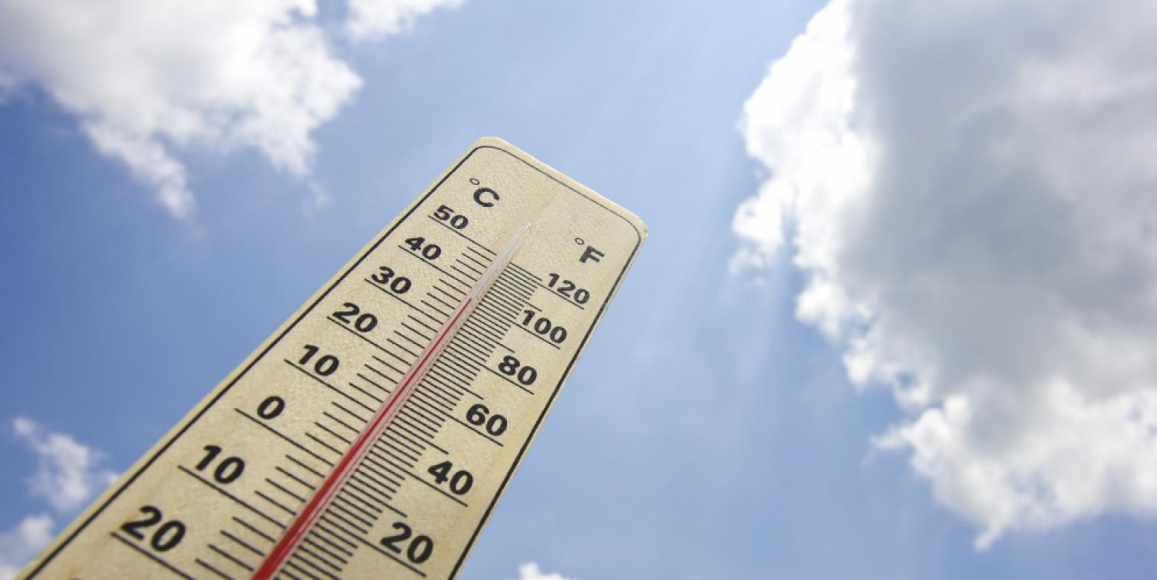With summer underway, now is the perfect time for organizations to examine their policies and procedures regarding employee heat exposure, especially in light of the recently published document from NIOSH titled, “Occupational Exposure to Heat and Hot Environments”, Publication Number 2016-106.
What is the Issue?
Heat-related injuries and illnesses in the workplace are more common than you would think. In 2010, for example, there were 4,190 injury or illness cases related to heat that resulted in one or more lost work days, according to the NIOSH report. Between 2013 and 2014 there were 20 cases of heat related illness or death.
Additionally, workers exposed to heat can also experience less severe, but still significant illnesses such as heat exhaustion, heat cramps and heat rash. Each person’s body responds differently to heat, and the same person may respond differently to heat in different situations. Some of the many factors that affect how people respond to heat include age, gender, and level of general health.
Risk factors for heat illness include:
- High temperature and humidity.
- Direct sun exposure.
- No breeze or wind.
- Low liquid intake.
- Heavy physical labor.
- Waterproof or non-breathing clothing.
- No recent exposure to heat.
What Regulations Apply?
The risk of heat exposure is not specifically addressed by OSHA within 29 CFR 1910, but broadly falls under the General Duty Clause (GDC). The GDC states: “Each Employer shall furnish to each of his employees employment and place of employment which are free from recognized hazards that are causing or are likely to cause death or serious physical harm to his employees.”
While Federal OSHA does not address heat illness directly, some state OSHA plans do. For example:
- Washington State has a special standard regarding heat for outdoor workers called the Outdoor Heat Exposure Rule (WAC 296 – 62 – 095), in effect from May 1 – September 30 of every year when heat exposures are at or above the values listed on Table 1 of standard WAC 296 – 62 – 095.
- California has a special standard regarding heat stress found in CAL OSHA Reg Section 8.395, covering outdoor workers in all industries except those listed as being exempt.
- Minnesota has a special rule that deals with heat stress found in Minnesota Rules 5205.0110, subpart 2a, and covers heat stress and appropriate temperature regulations.
- The states in OSHA Region IV (AR, LA, NM, OK, and TX) have a Regional Emphasis Program for heat illness:
How Can Employers Manage Their Risks?
Understanding what employers need to do to keep their employees safe from heat related injuries and illness is not always as straightforward as it seems. However, there are concrete steps that can and should be taken. Here’s a closer look at employer responsibilities:
- Access and monitor the risk for heat exposure.
- Establish and implement a written heat stress program.
- Implement engineering controls to reduce exposure. These might include decreasing exposure time, reducing the metabolic demands by use of specialized tools, or increasing the number of workers to share the task load.
- Ensure workers are following guidelines, monitoring his or her own reaction to the heat, and looking out for each other.
- Provide appropriate training on the risks, signs and symptoms of heat illness, the company policy, and proper first aid. Retrain employees as needed.
- Keep abreast of weather conditions, and modify work tasks and schedule accordingly.
- Increase heat tolerance by instituting an acclimatization plan for employees.
- Provide adequate amounts of cool potable drinking water. Encourage employees to drink a glass (about 8oz) every 15 – 20 minutes.
- Establish and maintain an effective medical surveillance program, which includes medical monitoring of all employees and assurances that all employees are fit for work in hot environments.
As you can see, managing the risk of heat-related injuries and illnesses is a necessary precaution for smart businesses. Fortunately, there are many proactive steps that can be taken to protect your employees and your business.
To learn more, contact us for more information on creating or tailoring a written heat stress program for your organization.
Want more news and insights like this?
Sign up for our monthly e-newsletter, The New Leaf. Our goal is to keep you updated, educated and even a bit entertained as it relates to all things EHS and sustainability.
Get e-NewsletterHave any questions?
Contact us to discuss your environment, health, safety and sustainability needs today.





